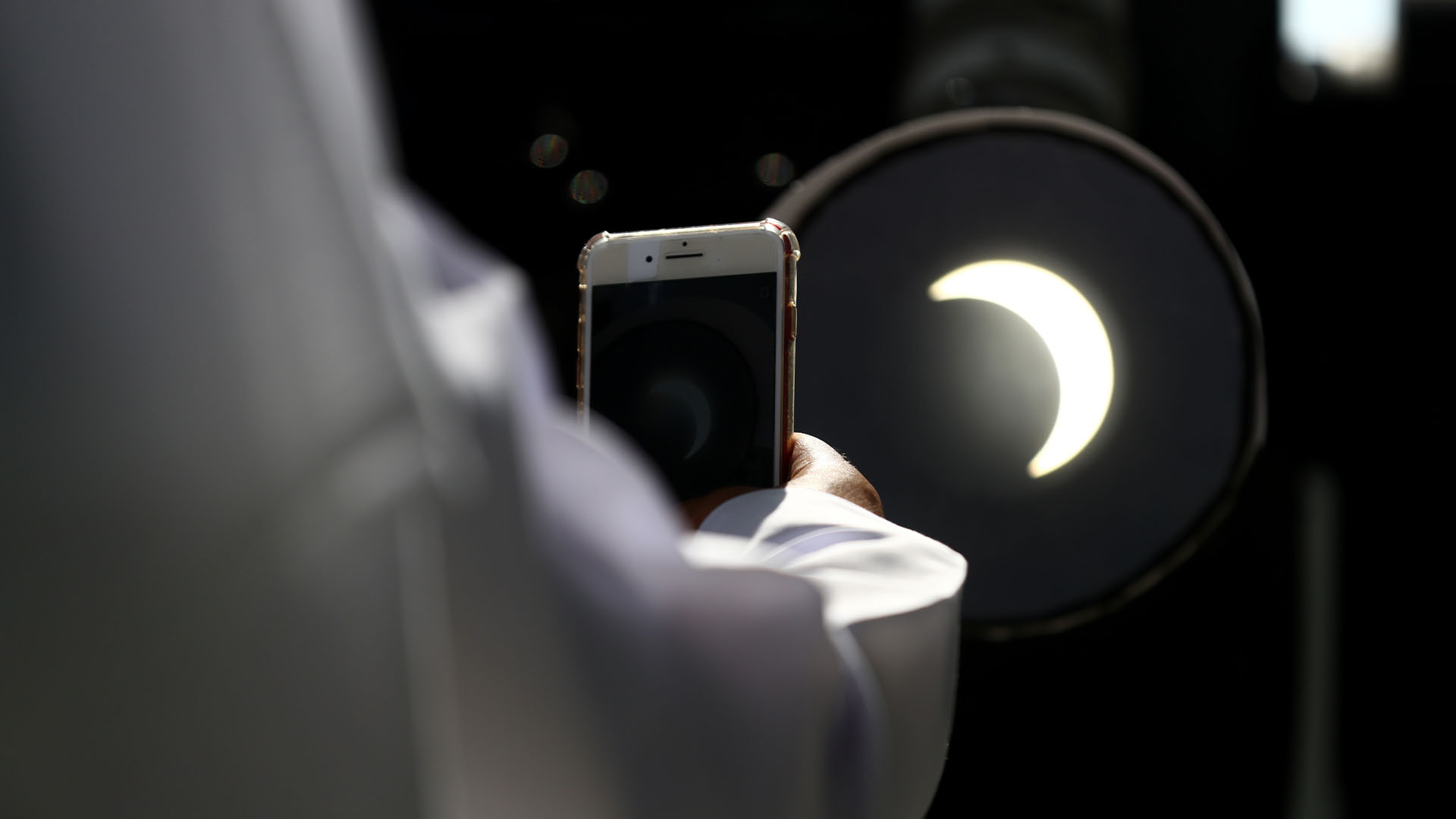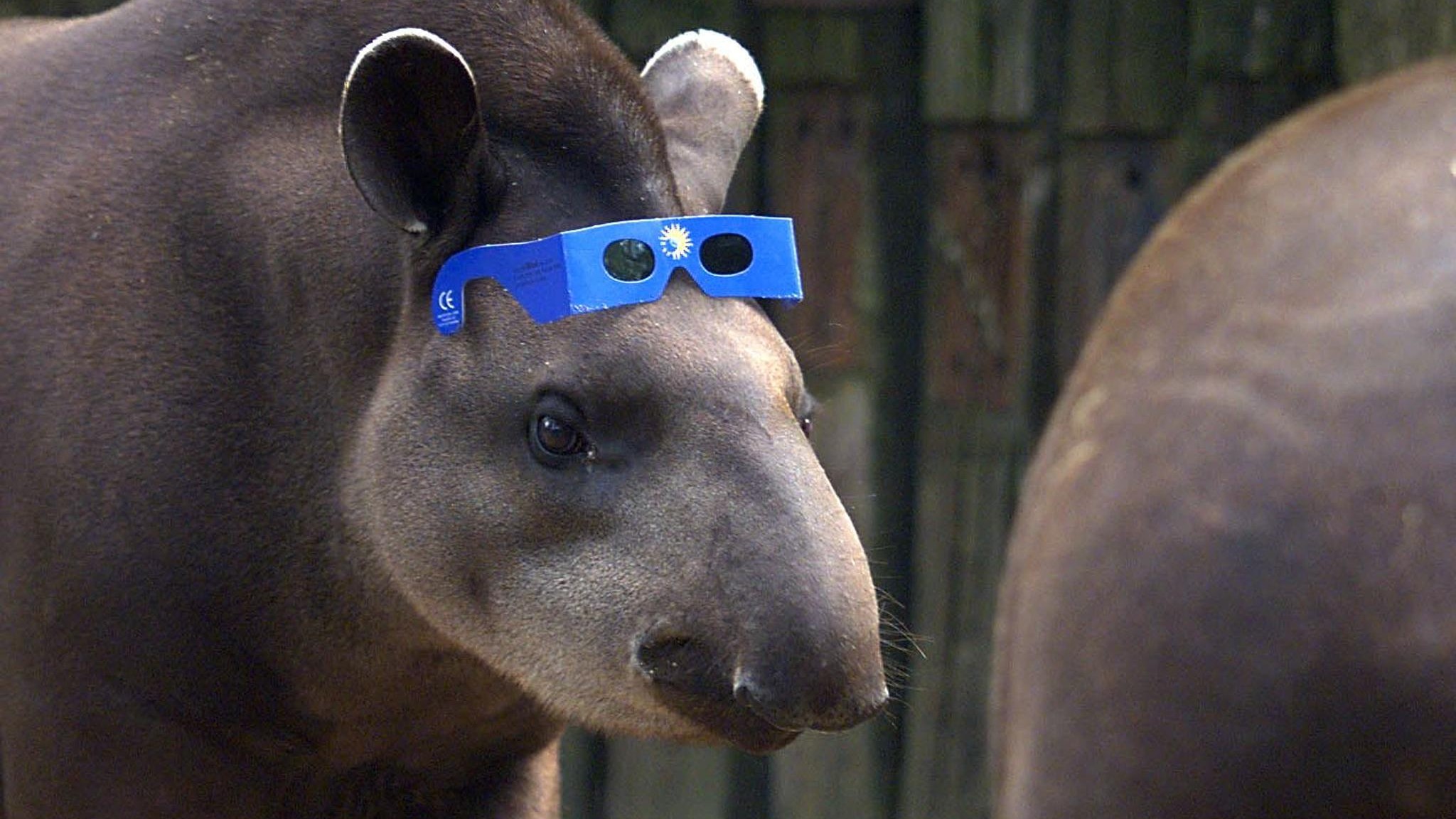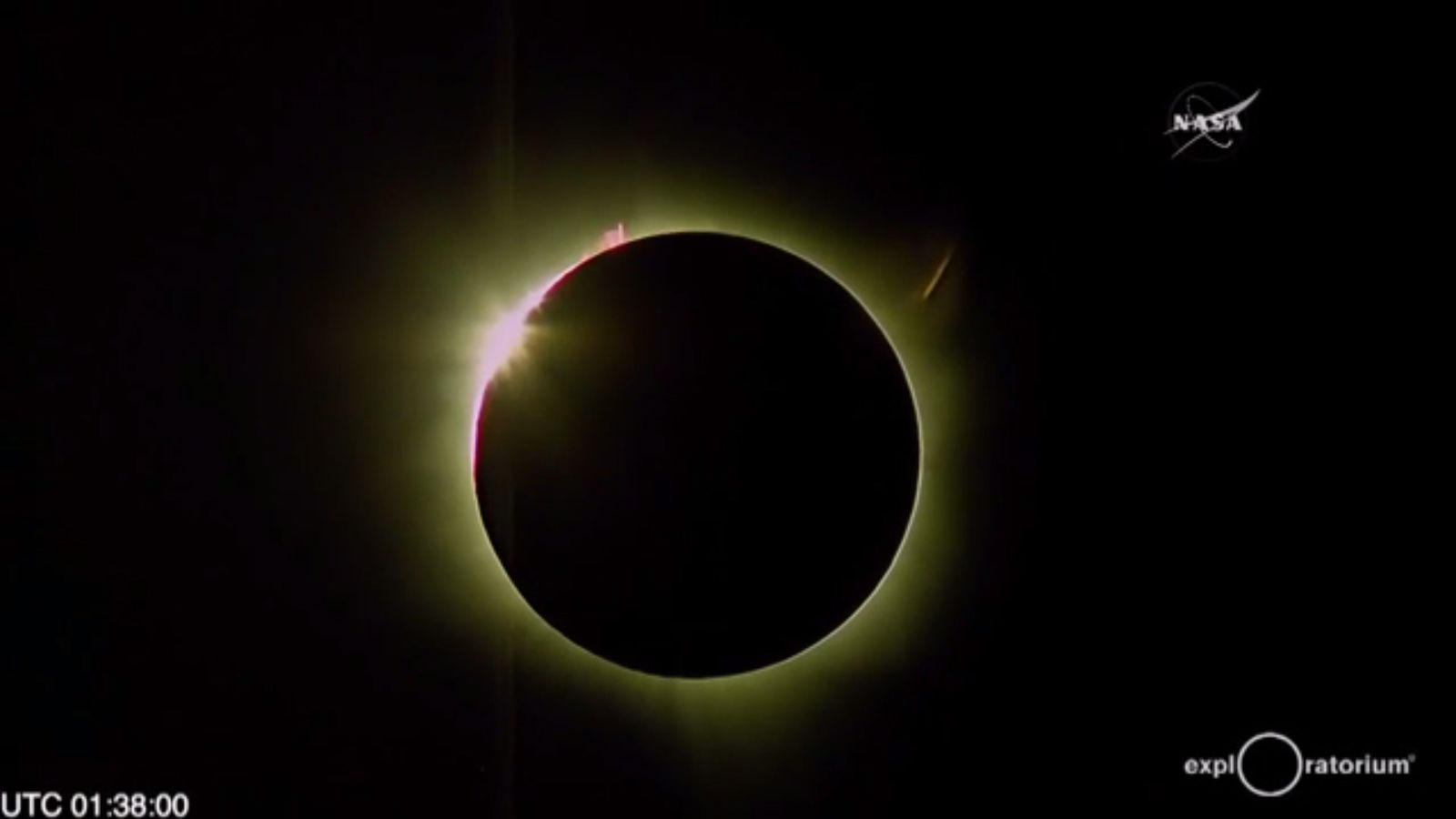4 ways you can help NASA study the April 8 solar eclipse
From observing how the sun works to how animals react to darkness in the daytime, here are 4 simple, NASA-funded science projects you can contribute to during the April 8 total solar eclipse.

More than 32 million people in the U.S. alone are destined to be under the moon's central shadow during the total solar eclipse on April 8, and NASA is funding a suite of citizen science projects so the American public can help study the rare celestial event. This is a unique opportunity for scientists to study the effects of a solar eclipse on Earth, which won't be repeated on the same scale in North America until there are twin total solar eclipses in 2044 and 2045.
From monitoring strange animal reactions to measuring the shape of the sun, here are four simple citizen science projects that you can get involved with on April 8.
1. Record animal reactions with Eclipse Soundscapes
Although totality is the only time it's possible to see the sun's corona with the naked eye — and you'll need to wear a pair of certified solar eclipse glasses during all partial phases of the eclipse, no matter where you're watching from — a total solar eclipse is a multi-sensory experience.
The Eclipse Soundscapes Project aims to capture the sounds of animals, birds and insects during the eclipse to study how life on Earth reacts to totality. Participants can use an AudioMoth recording device to capture sounds in the environment and help researchers answer one key question: Do nocturnal and diurnal animals act differently or become more or less vocal during a total solar eclipse? The project builds on similar studies conducted during total solar eclipses in 1932 and 2017.
Related: 6 zoos on the path of the eclipse — and why animals react strangely to 'nighttime during the day'

2. Watch for vanishing clouds with GLOBE Eclipse
There's a lot of talk about the potential for bad weather during the upcoming total solar eclipse but very little about how the arrival of the moon's shadow can reduce the temperature and cause clouds to change and even disappear. For this experiment, participants inside and outside the path of totality are asked to record changes in cloud cover and temperature before, during and after the eclipse using the GLOBE Observer app. The findings could contribute to the scientific understanding of eclipse phenomena and their impact on weather patterns.
3. Discover the shape of the sun with SunSketcher
Just before totality begins, the last drops of sunlight visible around the trailing edge of the moon are called Baily's beads. These are caused when sunlight shines through the valleys and mountains of the moon, revealing its topography. That's already known to astronomers thanks to NASA's Lunar Reconnaissance Orbiter. What isn't known is the detailed shape of the solar disk. A free smartphone app, SunSketcher, will crowdsource the capture of the precise timing of Baily's beads, which will, in turn, define the exact size and shape of the sun. Observers — who must be in the path of totality — need to have the app running and aim a smartphone camera roughly toward the sun a few minutes before totality. The upload is automatic.
Sign up for the Live Science daily newsletter now
Get the world’s most fascinating discoveries delivered straight to your inbox.
Note: DO NOT look directly at the sun without proper eyewear while setting up your camera. Read our guide on how to safely record the eclipse with your phone for more information.

4. Capture solar explosions with Eclipse Megamovie 2024
The sun hurls jets of plasma into space all the time, but solar physicists don't know how much of the sun's mass is leaving the sun. Figuring this out requires images of the lower corona, which can only be taken during a total solar eclipse. For the Eclipse Megamovie 2024 project, about 100 trained volunteers, each using a camera and a tripod, will take more than 1,000 images between them from across the path of totality. However, in a re-run of how the same experiment worked in 2017, the project will also recruit casual "eclipse observers" who want to contribute their images. All you need is the right type of camera, tripod and the lens described here.
Remember, no matter where you are, and no matter how you choose to be a citizen scientist during the eclipse, make safety your first priority. Never stare at the sun with the unaided eye, EXCEPT during the brief moment of totality. Stay safe, stay curious, and enjoy one of nature's greatest wonders.

Jamie Carter is a freelance journalist and regular Live Science contributor based in Cardiff, U.K. He is the author of A Stargazing Program For Beginners and lectures on astronomy and the natural world. Jamie regularly writes for Space.com, TechRadar.com, Forbes Science, BBC Wildlife magazine and Scientific American, and many others. He edits WhenIsTheNextEclipse.com.









